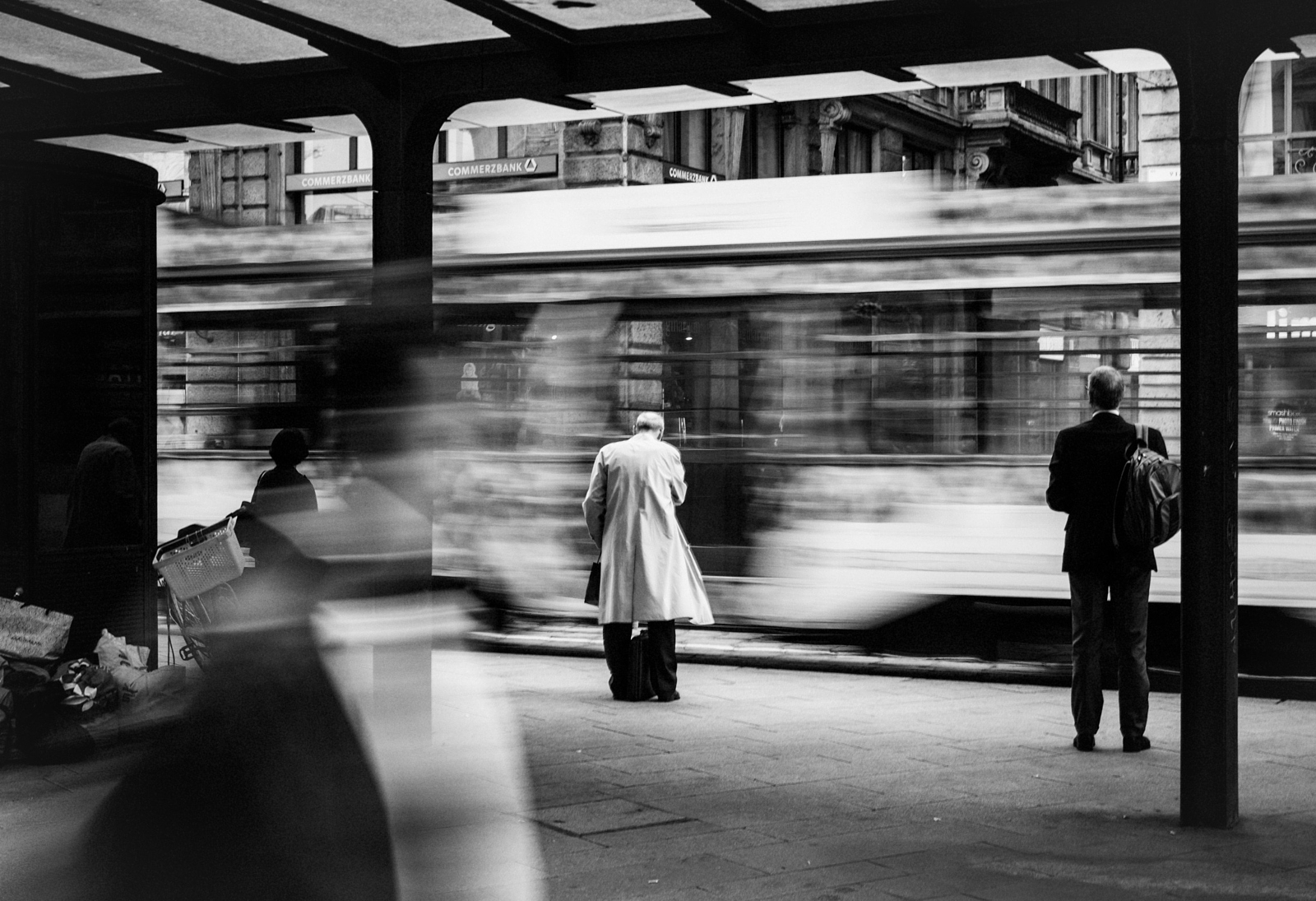How Framing Streets can Save You Time, Stress, and Money.
Wiki Article
Framing Streets Can Be Fun For Anyone
Table of ContentsThe Main Principles Of Framing Streets Excitement About Framing StreetsSome Known Details About Framing Streets Getting My Framing Streets To WorkSome Known Details About Framing Streets The Framing Streets PDFs
Digital photography genre "Crufts Pet Program 1968" by Tony Ray-Jones Street digital photography (also often called honest digital photography) is photography conducted for art or inquiry that features unmediated opportunity experiences and arbitrary occurrences within public places, generally with the goal of capturing images at a decisive or emotional moment by cautious framing and timing. 
His boots and legs were well specified, but he is without body or head, since these were in motion." Charles Ngre, waterseller Charles Ngre. https://www.viki.com/users/framingstreets1/about was the first photographer to attain the technological class required to register individuals in motion on the street in Paris in 1851. Photographer John Thomson, a Scotsman working with reporter and social protestor Adolphe Smith, released Street Life in London in twelve month-to-month installations beginning in February 1877
The Basic Principles Of Framing Streets
Eugene Atget is related to as a progenitor, not due to the fact that he was the first of his kind, however as a result of the popularisation in the late 1920s of his record of Parisian streets by Berenice Abbott, that was motivated to take on a similar documentation of New York City. [] As the city developed, Atget assisted to advertise Parisian roads as a worthy topic for digital photography.
The Facts About Framing Streets Uncovered
The principal Mass-Observationists were anthropologist Tom Harrisson in Bolton and poet Charles Madge in London, and their first report was produced as the book "May the Twelfth: Mass-Observation Day-Surveys 1937 by over two hundred observers" [] Window cleaner at Kottbusser Tor, Berlin, by Elsa Thiemann c. 1946 The post-war French Humanist Institution photographers located their subjects on the road or in the diner. Andre Kertesz.'s widely admired Images la Sauvette (1952) (the English-language edition was titled The Definitive Minute) advertised the concept of taking an image at what he described the "crucial minute"; "when type and content, vision and structure merged right into a transcendent whole" - copyright Camera.Rumored Buzz on Framing Streets
The recording device was 'a covert electronic camera', a 35 mm Contax concealed under his layer, that was 'strapped to the breast and attached to a long wire strung down the best sleeve'. However, his work had little contemporary effect as due to Evans' level of sensitivities regarding the originality of his job and the personal privacy of his topics, it was not released up until 1966, in guide Several Are Called, with an intro created by James Agee in 1940.Helen Levitt, then an instructor of little ones, associated with Evans in 193839. She documented the temporal chalk illustrations - vivian maier that were component of youngsters's street culture in New York at the time, along with the kids that made them. In July 1939, Mo, MA's brand-new digital photography section included Levitt's operate in its inaugural exhibitRobert Frank's 1958 publication,, was significant; raw and typically out of focus, Frank's pictures examined conventional digital photography of the time, "challenged all the official regulations set by Henri Cartier-Bresson and Pedestrian Evans" and "flew in the face of the wholesome pictorialism and sincere photojournalism of American magazines like LIFE and Time".
Report this wiki page